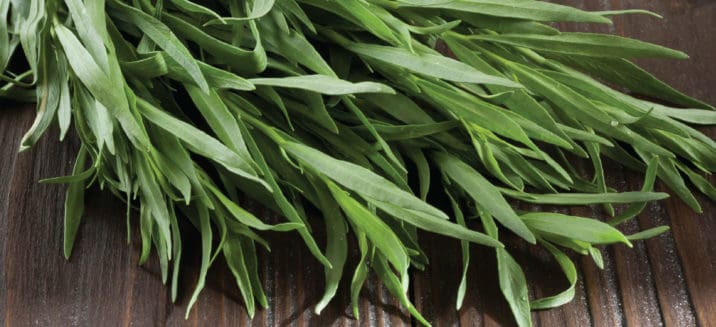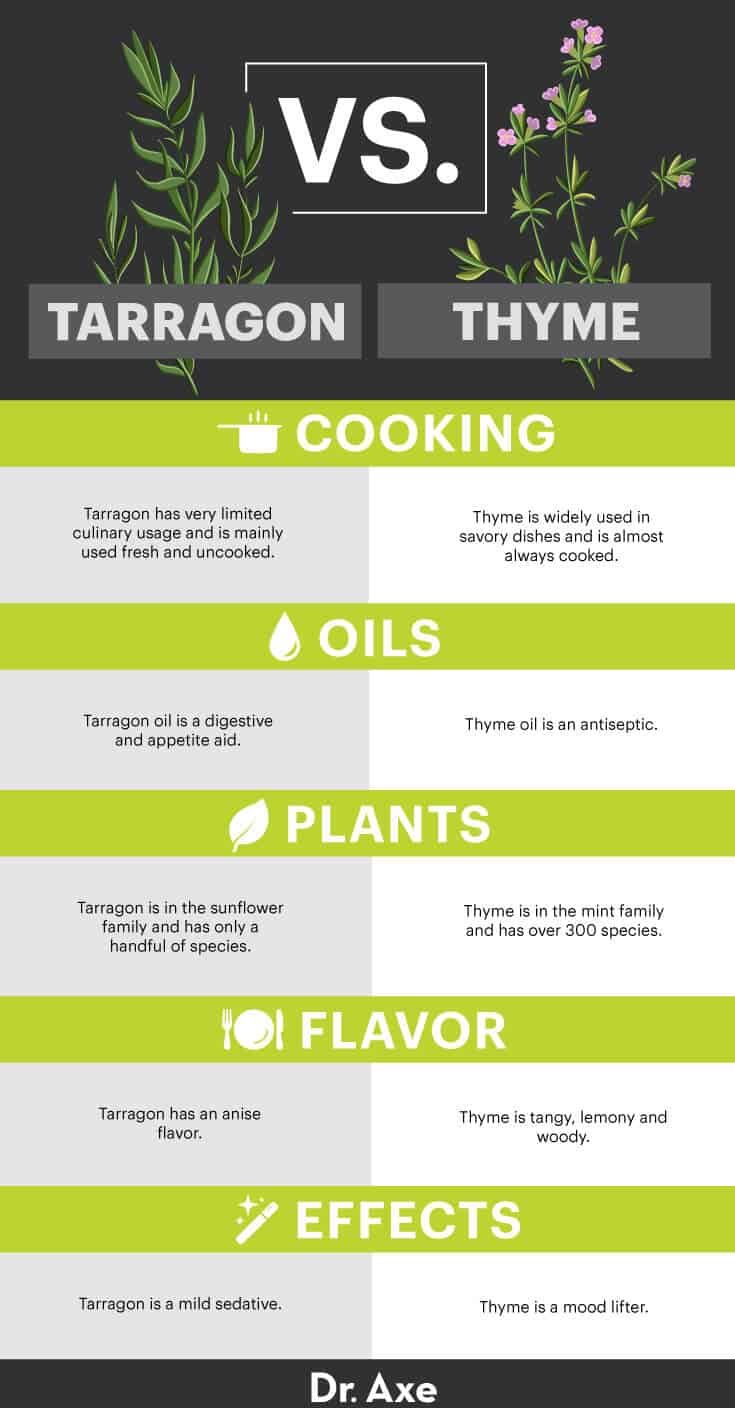This Dr. Axe content is medically reviewed or fact checked to ensure factually accurate information.
With strict editorial sourcing guidelines, we only link to academic research institutions, reputable media sites and, when research is available, medically peer-reviewed studies. Note that the numbers in parentheses (1, 2, etc.) are clickable links to these studies.
The information in our articles is NOT intended to replace a one-on-one relationship with a qualified health care professional and is not intended as medical advice.
This article is based on scientific evidence, written by experts and fact checked by our trained editorial staff. Note that the numbers in parentheses (1, 2, etc.) are clickable links to medically peer-reviewed studies.
Our team includes licensed nutritionists and dietitians, certified health education specialists, as well as certified strength and conditioning specialists, personal trainers and corrective exercise specialists. Our team aims to be not only thorough with its research, but also objective and unbiased.
The information in our articles is NOT intended to replace a one-on-one relationship with a qualified health care professional and is not intended as medical advice.
Tarragon: The Herb that Aids Sleep and Fights Bacteria
March 10, 2020

Called the “King of the Herbs” by the French, you probably know tarragon best for its culinary use. Its dried leaves and flowering tops are commonly included in stews, sauces, fish, chicken dishes and omelets to add an interesting pop of flavor. It’s also commonly found in seasoning blends. Fresh tarragon is best to use, and the herb gives off a sweet and powerful flavor similar to anise or licorice root.
But don’t think this herb is just a key ingredient for that tarragon chicken recipe. It can go from your kitchen pantry straight into your medicine cabinet. Tarragon is also a top herb that is used to relieve digestive issues, heart health conditions, poor appetite, water retention, toothaches, as well as sleep and menstruation problems.
The health benefits can easily and immediately become a part of your life once you start consuming the fresh or dried herb. In fact, research shows that the essential oil is able to fight Staph infection and E. coli!
What Is Tarragon?
Tarragon or Artemisia dracunculus has a long history of use as a spice and remedy. It’s a bushy aromatic herb of the Asteraceae family, and the plant is believed to be native to Siberia.
Two common forms include Russian and French tarragon. French tarragon is cultivated in Europe (mainly France and Spain) and North America.
The leaves are bright green with a flavor most similar to anise. In case you’re not familiar with anise, it has a licorice-like taste. This herb contains 0.3 percent to 1.0 percent essential oil, the principal component of which is methyl chavicol.
Nutrition Facts
Nutritionally speaking, this herb can add a boost of phytonutrients and antioxidants to your diet. The USDA reports that one tablespoon of dried tarragon contains about:
- 5 calories
- 0.9 gram carbohydrates
- 0.4 gram protein
- 0.1 gram fat
- 0.1 gram fiber
- 0.1 milligram manganese (7 percent DV)
- 0.6 milligram iron (3 percent DV)
- 19.9 milligrams calcium (2 percent DV)
- 6.1 milligrams magnesium (2 percent DV)
- 52.8 milligrams potassium (2 percent DV)
Health Benefits
1. Improved Digestion
The oils in tarragon trigger the body’s natural digestive juices, making it an excellent digestive aid not only as an aperitif (which helps spark the appetite), but also to digest food properly.
It can assist the digestive process from beginning to end, starting with saliva excretion in the mouth to production of gastric juices in the stomach to peristaltic motion in the intestines.
Most of this digestive prowess is due to tarragon’s carotenoids. The Department of Food and Nutritional Sciences at the University College Cork in Ireland examined the effects of herbs that contain carotenoids on digestion. Results showed these herbs “contribute to the intake of bioaccessible carotenoids,” which in turn improves digestive health.
2. Better Sleep
While not scientifically proven, tarragon might help with sleep issues like insomnia. Some herbalists suggest having tarragon tea before you hit the hay to calm the nervous system and encourage a restful sleep.
If taken at bedtime, a tea made from one teaspoon of the fresh leaves to one cup of hot water could help you get a better night’s sleep.
The French have traditionally used tarragon tea as a remedy for insomnia, and even WebMD mention its use to promote sleep.
3. Encourages Menstruation
Some women who have suppressed menstruation find tarragon to be helpful. It’s promoted by herbalists to encourage menstruation and help maintain the overall health of the female reproductive tract.
There is no scientific research to back up this claim, but to be on the safe side, don’t overdo it on tarragon or take it in supplement form if you’re pregnant or nursing.
However, thyme, a similar herb, has recently been found to relieve period cramps and promote menstruation. Since tarragon has many of the same effects, it may show why herbalists have used it for menstruation purposes.

4. Toothache Remedy
Throughout history, traditional herbal medicine has utilized fresh tarragon leaves as a home remedy for toothache relief. The ancient Greeks are said to have chewed the leaves to numb the mouth. Research indicates that this pain-relieving effect is due to the high levels of eugenol, a naturally occurring anesthetic chemical, found in the plant.
Clove oil, another popular natural toothache remedy, also contains the same pain-relieving eugenol. Tarragon can also help decrease the sore gums that often accompany toothaches.
5. Fights Bacteria
Two types of bacteria that are both very well-known and very dangerous are Staphylococcus aureus (the cause of Staph infection) and Escherichia coli (E.coli).
Boils, impetigo, food poisoning, cellulitis and toxic shock syndrome are all examples of diseases that can be caused by Staphylococcus bacteria. Some kinds of E. coli can cause diarrhea, while others cause urinary tract infections, respiratory illness and pneumonia, and other illnesses.
The essential oil of tarragon has proven antibacterial activity against Staphylococcus aureus and Escherichia coli. A 2012 study published in the Iranian Journal of Microbiology highlights that not only can tarragon essential oil kill dangerous bacteria, but this ability also makes it an excellent choice as a natural preservative, especially in cheese.
Tarragon essential oil can also be used as part of a natural treatment plan for SIBO, which is the acronym for “small intestinal bacterial overgrowth,” defined as excessive bacteria in the small intestine. Studies suggest that it’s been used as an herbal remedy for SIBO for years and shown many positive effects against this condition.
6. Reduces Blood Sugar
Research implies that tarragon extract can help to reduce blood sugar levels in animals and people with insulin sensitivity.
A study published in the Journal of Medicinal Food found that when tarragon was consumed before meals, participants displayed significant reductions in total insulin secretion, helping to normalize their blood sugar levels.
Related: What Is Chervil? Benefits, Uses + Recipes
Tarragon vs. Thyme
Tarragon
- Very limited in culinary usage and is mainly used fresh and uncooked
- Essential oil is a digestive and appetite aid
- In the sunflower family
- Only a handful of species
- Has an anise flavor
- Mild sedative
Thyme
- Widely used in any savory dish and is almost always cooked
- Thyme oil, aka thymol, is an antiseptic
- In the mint family
- Over 300 species
- Tangy, lemony and woody flavor
- Mood-lifter

How to Use
It’s best to use tarragon fresh and in whole leaves. You should look for sprigs with bright, green leaves. Wrap it in a loose, damp paper towel, and place it in a plastic bag in the refrigerator. It can last for several days this way.
To chop fresh tarragon, start by holding the stem at the tip with your fingers and sliding your fingers gently down the stem toward the base to remove leaves. Next, discard the stem and chop the leaves.
The dried version is an option too and easily available, but it’s less flavorful than fresh. You also dry or freeze fresh leaves for later use. Dry the leaves and store them in an airtight container in a cool dry place. If you want to go the freezer route, wash and dry it, and then place the leaves in freezer bags or in ice cube trays with a little water. Frozen tarragon can keep for a months.
Tarragon taste is similar to anise; it has a delicate, sweet flavor. For this reason, it pairs well in cooking with eggs, seafood, chicken, lamb and veal. It often doesn’t mix well with other flavors besides lemon, which is why it’s normally the standout ingredient in a dish or marinade.
Tarragon uses includes being added to enhance many sauces, like mayonnaise and Béarnaise sauce. It’s one of the four fines herbes in French fine cooking and is incorporated in many French dishes. You can also make tarragon vinegar for dressings by lightly bruising fresh leaves and steeping the leaves in a neutral white vinegar.
The two prominent varieties are French and Russian. French tarragon is best used for cooking. The seeds of the French version are actually sterile, so it’s propagated with root splicing. Russian tarragon is much weaker in flavor, but easier to grow and heartier in the soil with fertile seeds.
You can also use it as a supplement in various forms, including capsule, powder, tincture or tea.
Need some ideas for tarragon recipes? Try one or all of these delicious recipes that include this delicious herb:
- Pear Salad with Sautéed Spinach Recipe
- Zesty Turkey Salad with Beans and Walnuts Recipe
- Honey Mustard Dressing Recipe
If you’re looking for a tarragon substitute, try aniseed, dried dill, marjoram or oregano.
Tarragon Interesting Facts
Tarragon has been and continues to be used in many cultures both in the east and the west for food and medicine. The fresh leaves are sometimes used in salads and to infuse vinegar. The latin name, Artemisia dracunculus, actually means “little dragon.” This is mainly due to the spiny root structure of the plant. The volatile oil from this herb is chemically identical to anise, which is why the flavors are so close.
The herb has been used for generations to treat various ailments by a wide range of peoples from indigenous Indians to medieval doctors. Even the ancient Hippocrates noted is as one of the simplest herbs for ailments. Roman soldiers placed sprigs in their shoes before marching off to wars, believing it would fend off fatigue.
Risks and Side Effects
Tarragon is considered safe in normal food amounts and safe for most people when taken medicinally by mouth for a short period of time. Long-term medicinal use is not recommended, however, since it contains estragole, a chemical that might cause cancer. Despite the research showing estragole being carcinogenic in rodents, herbs and essential oils containing estragole naturally are “generally recognized as safe” for food use.
If you’re pregnant or breastfeeding, the medicinal use of this herb is not recommended. It could start your period and endanger your pregnancy.
If you have a bleeding disorder or any other chronic health issue, talk to your doctor before using it medicinally. In large amounts, tarragon might slow blood clotting. If you’re going to undergo surgery, stop taking it at least two weeks before a scheduled surgery to prevent any bleeding issues.
If you’re sensitive or allergic to the Asteraceae/Compositae family, which includes sunflowers, daisies, ragweed, chrysanthemums and marigolds, then tarragon may also cause a problem for you so it’s best to avoid it.
Final Thoughts
- Tarragon is an amazing herb that has been used for a millennia for cooking and healing. Its delicate, sweet flavor entices many in the culinary arts and can add a subtle anise flavor to your dishes when used fresh.
- The fine herb has strong effects on the nervous and digestive systems, helping our bodies overcome things like toothaches, digestive issues, bacterial infections, menstruation issues and insomnia.
- Although it doesn’t mix well with a wide range of flavors, adding the herb to a variety of dishes, dressings and sauces provides a taste complexity that also naturally boosts your health.
- The “little dragon” definitely gives us good reason to embrace its interesting flavor and start adding it to our gardens and weekly grocery lists!










